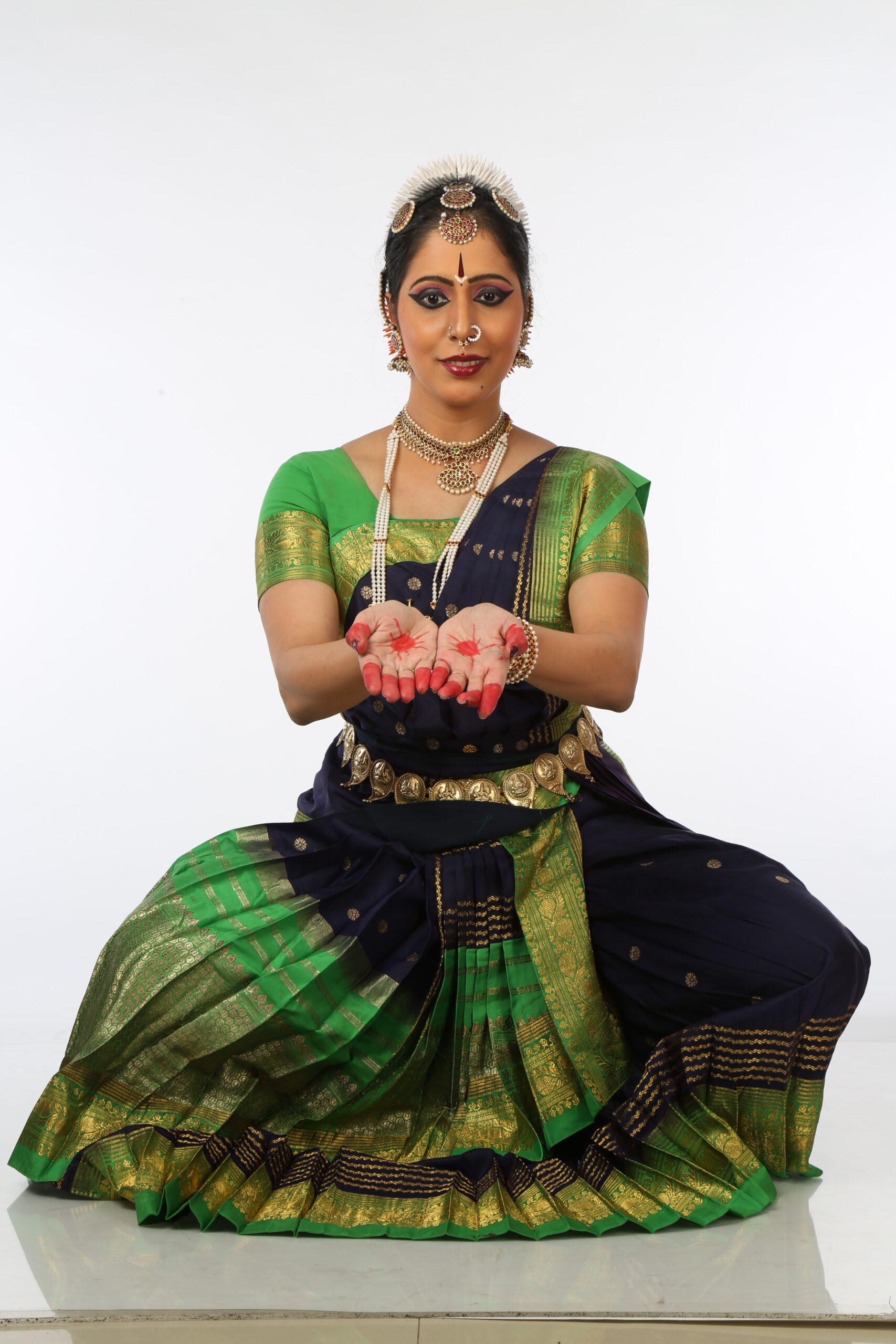Indian culture is a repository of innumerable oral traditions, which has its roots in folklore and family traditions. This rich cultural heritage has been an integral part in all the education and spiritual processes of our country. Art forms, which are an important source of entertainment, communicate with the world with the art of storytelling. The Guru Shishya Parampara focused on transferring the knowledge via oral tradition, which transmitted the history, techniques, literature and all the basic aspects regarding the art forms with or without the support of the writing system. This system not only helped the students to imbibe knowledge but also strengthened the ability and the capacity of the human brain and body in a sublime way.
Indian heritage has continued the practice of ancient tradition to recite the Vedas and Puranas. In earlier days, epics were often recited to seek divine blessings, at religious festivities and when one faced the critical situations of life. This oral rendition not only strengthened the tradition but also gave rise to storytelling which slowly became the means of verbal documentation of the culture and heritage. Gradually the tradition branched out into literary, pictorial and performing traditions in which the art of communication existed in different ways. It is this oral tradition along with the literary, pictorial, and performing tradition, which has shaped the cultural settings that resulted in the exchange and interaction of the relationship that has stood strong as a means of documentation. With this strong base, performing tradition has evolved into multiple forms.
Oral tradition in performing arts has a close link with the Guru Shishya Parampara, the strong lineage of knowledge flowing from generation to generation. The Guru who is the ocean of knowledge transfers the art form to Shishya creating a Parampara. The traditional format illustrates how the Shishya acquires the knowledge by being at the abode of the Guru.
The strategy adopted in performing art is the elaboration and embellishment of the Shastras and the Puranas, which gets reshaped and refined during every performance from time to time. However, the core content is learnt by heart and transferred as it is to the next generations. It is the individual perspectives and the interpretations of the Guru based on their practical and theoretical knowledge, which differs from everyone which is visible in their chorographical works. As their understanding and learning flows down to their students, it gives rise to lineages. Thus, the Guru Shishya Parampara plays an important role in the performing arts to take forward the respective Bani (Style).
With the advent and advancement of technology the learning through oral tradition is slowly declining due to multiple factors which curtails the capacity of the human brain to absorb, reminisce and reproduce structures of great intricacy and end up being dependent on technology. This calls for an immediate action to reinforce the techniques of oral tradition to not just challenge and strengthen the human brain but also to have the flow of memorized knowledge on the tip of the tongue.
It can be said that both the Guru and Shishya followed the Gurukul system or in some cases spent a lot of time together to enrich the treasure house of knowledge where the journey demanded more focus, dedication, determination, and patience from the students. Also, the lack of technological intervention created more space for creativity and to absorb the content. In the current trend of young Gurus who have enormous exposure and accessibility to technology, are they able to strike a balance amidst these pressures and yet continue to pass on the tradition to the future generation?
-By Rashmi Thapar in Auckland


